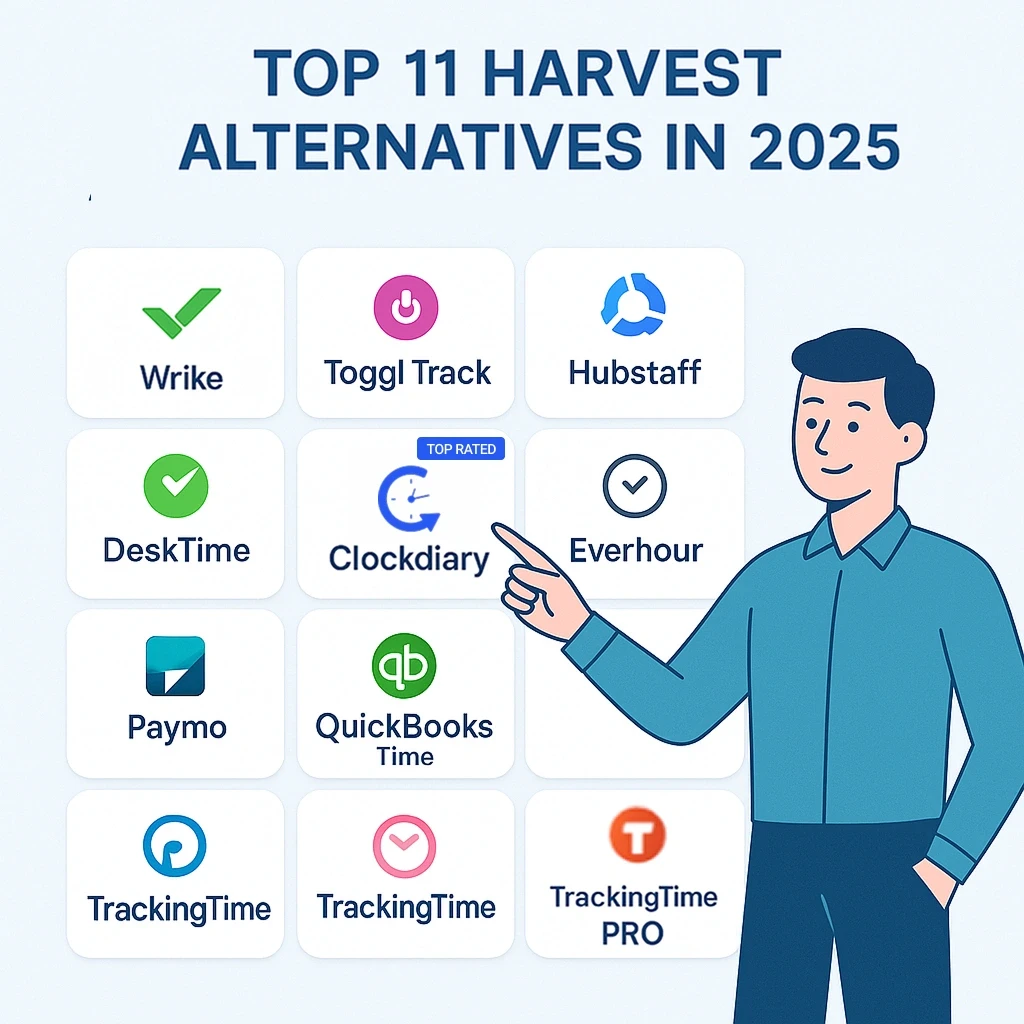Imagine the difference a well-timed payroll schedule can make for your business. The frequency of employee payments can shape everything from your team’s financial stability to your company’s budget.
If you pay too infrequently, employees might struggle with budgeting between paychecks. On the other hand, paying too often could increase your processing costs. Finding the sweet spot is crucial.
In this guide, we’ll unravel the complexities of payroll scheduling, from its significance to the various types available. Learn how to choose the ideal schedule for your business to ensure both employee satisfaction and efficient operations. Let’s dive in and discover how to master payroll scheduling for optimal success!
What Is A Payroll Schedule?
Well, to put it in simple words, a payroll schedule is basically a timetable that businesses utilize to determine when employees will receive payment.
It outlines specific dates for issuing paychecks, thus ensuring consistency and timely compensation.
Some standard payroll cycles include weekly, bi-weekly, semi-monthly, and monthly, depending on the company’s preference and industry standards.
Such a schedule helps manage cash flow and budgeting. Adhering to a payroll scheme also ensures compliance with labor laws and promotes financial stability.
Importance of Payroll Schedule
A well-structured payroll schedule is important for any organization, serving multiple essential functions that benefit both employers and staff members. Here’s why the pay cycle does matter:
- Ensure Fairness: Consistent payroll schemes make sure that employees are paid on time and fairly, thereby promoting trust and satisfaction within the workforce. Regular pay dates help avert disputes and discrepancies, thereby contributing to a positive work environment.
- Avoids Legal Trouble: Adhering to a regular payroll cycle can prevent legal trouble. Labor laws mandate timely payments to staff, and failure to comply with such regulations can result in legal disputes, penalties, and a bad reputation. To stay on the right track with the law, it is advised to stick to a pre-defined cycle.
- Manages Cash Flow: When businesses have a predictable pay cycle, they can manage their cash flow effectively. When businesses have a clear idea of when their payroll expenses will occur, they can plan their budgets accordingly, This, in turn, will ensure that they have sufficient funds to cover wages and other operational costs without financial strain.
- Simplifies Payroll Tasks: A pre-defined payroll schedule streamlines administrative tasks related to payroll processing. With a regular payment interval, payroll staff can automate and organize tasks more efficiently, thereby negating the risk of errors and saving time.
- Simplifies Tax Calculation: Regular payroll schedules facilitate precise tax calculations and withholdings. Consistent payment periods allow for easy tracking of earnings and deductions, thereby ensuring fewer discrepancies and seamless tax filings.
So, you see, a well-defined pay schedule enhances fairness, legal compliance, financial management, and administrative efficiency, making it a behemoth of effective business operations.
Types of Payroll Schedules
Opting for the proper payroll schedule ensures employee satisfaction and operational efficiency. Now, let’s discuss the most common pay schedule types:
- Weekly: In a weekly payroll cycle, employees receive payment every week. This is a frequent payment cycle preferred by employees, such as hourly workers, who need regular income. Such a schedule enhances financial stability and employee morale but demands more administrative effort and frequent payroll processing.
- Bi-Weekly: A bi-weekly pay cycle involves paying employees every two weeks, and thus, there are 26 pay periods in a year. For anyone looking to strike a perfect balance between frequent payments and a manageable administrative workload, this schedule might just be the thing for them. Many businesses employ this system, and it is good for salaried employees. It ensures a predictable payment cycle that works well with most monthly expenses.
- Semi-Monthly: Under the semi-monthly payroll schedule system, workers receive payment twice a month, usually on specific dates, such as the 15th and the last day of each month. Thus, there are 24 pay periods in a year. This scheme aligns well with monthly billing cycles and makes financial planning as easy as it can get. To know more about semi-monthly vs. bi-weekly payroll systems, click here.
- Monthly: With a monthly payroll cycle, employees receive payment once a month, generally at the month-end. This reduces the payroll processing tasks and is uncomplicated for accounting purposes, However, this might not be the preferred schedule for employees looking for more frequent payments.
Finally, we would like to point out that you need to consider several factors, such as employee needs and preferences, business operations, and administrative capacity when deciding on the appropriate payroll scheme for your business.




